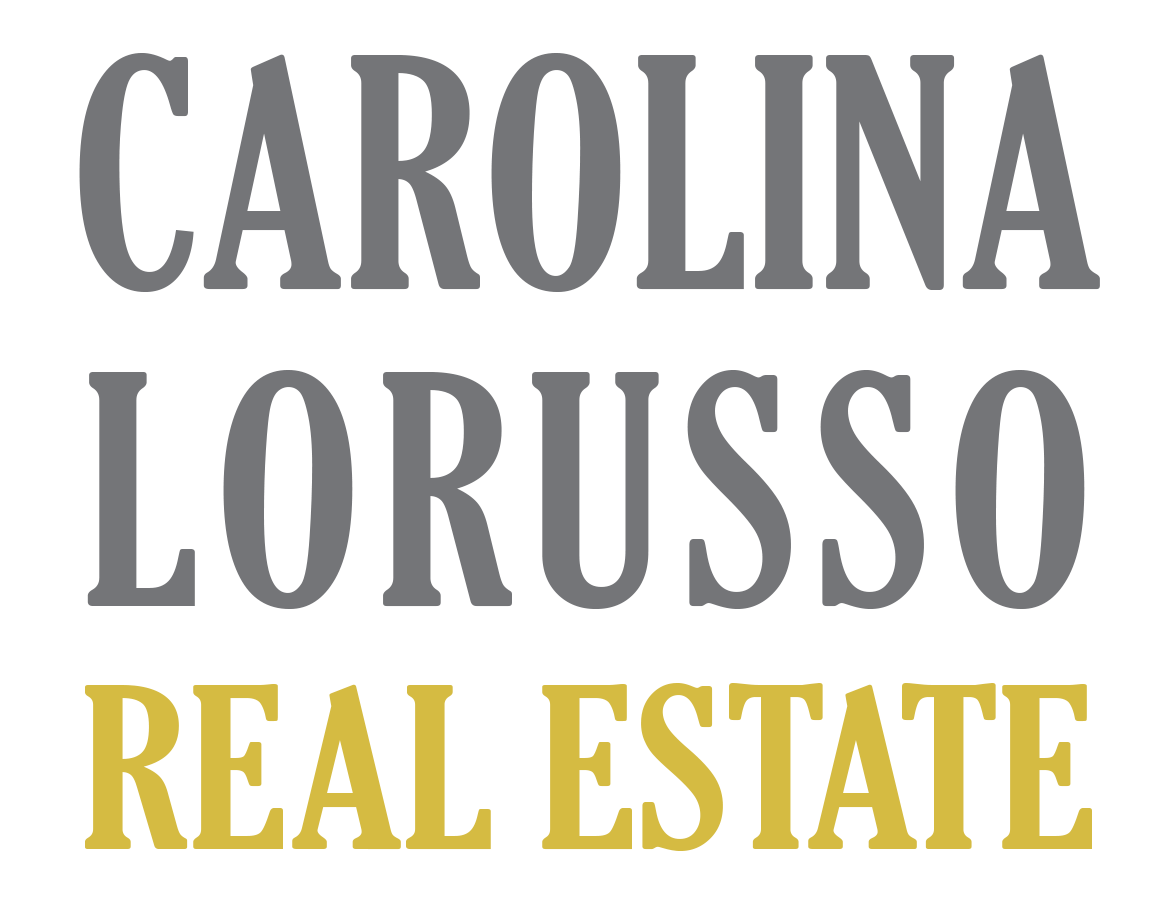Real time
Market assessment
Florida’s real estate market has shown resilience and strength, with home prices holding steady and even rising, thanks to a significant influx of new residents. Since the start of the pandemic, over 1 million people, including many white-collar professionals, have made their way to the Sunshine State, providing a boost to the local housing market.
While other parts of the country have experienced a housing slump, Florida has seen a continuous stream of new residents supporting home prices in 11 metro areas, including Miami and Naples. In April, the median home sales price in the state was $410,000, unchanged from the previous year but up from $405,000 in March, according to Florida Realtors.
Compared to other pandemic hotspots like Seattle, Austin, and Silicon Valley, where home prices have dropped approximately 12% over the past year, Florida’s housing market has fared remarkably well. The state’s strong performance can be attributed to factors such as extraordinary population growth and a shortage of housing units.
Florida’s population grew by nearly 2% in 2022, surpassing that of any other state and outpacing the national growth rate five times over. Much of this growth can be attributed to an influx of white-collar professionals who have embraced remote work and chosen to enjoy the state’s desirable lifestyle. In addition, businesses and companies have been relocating their headquarters to Florida, further stimulating economic growth and fueling housing demand.
Although there are indications that prices may be starting to stabilize, economists agree that Florida’s housing market remains strong. The combination of a housing shortage and significant population growth has resulted in high demand and increased competition, leading to unaffordability in some areas.
Florida’s housing market has remained buoyant despite rising interest rates, which have impacted inventory and sales in other parts of the country. While many cities have experienced steep drops in housing prices, several Florida metro areas, including Miami, Fort Lauderdale, Pensacola, Naples, Tallahassee, and Sebastian, have seen home prices rise between February and March.
Demand for coastal areas and beachfront properties remains particularly strong, often resulting in multiple offers and competitive bidding. A significant portion of buyers in these areas are from out of state, relocating for job opportunities and willing to pay a premium for the desirable coastal lifestyle.
Wealthy buyers, both domestic and international, are also increasingly investing in Florida’s real estate market. Foreign investors from Latin America, Asia, and Europe are making all-cash offers, contributing to the maintenance of high property prices.
However, economists caution that potential risks, such as a polarizing political environment and the impact of climate change, could potentially affect Florida’s real estate market in the future. Climate-related concerns, including rising insurance rates and flood risks, may eventually impact home prices.
Despite the current strength of Florida’s housing market, many prospective buyers still find themselves priced out of the market. The demand continues to outpace supply, making affordability a challenge for some individuals and families.
Overall, Florida’s real estate market has remained robust, benefitting from a steady influx of new residents, strong population growth, and sustained demand. However, it’s essential to monitor market trends and factors that may influence the housing market in the long term.
The effects
of low inventory and higher interest rate
As inventory rose yet remained below pre-pandemic levels, residential sales fell again across South Florida in the first quarter. The only area where sales increased was Manalapan, Hypoluxo Island, and Ocean Ridge. That’s likely because the market is very small, so a bump of just a few deals can make the difference. Single-family home sales rose 36 percent annually to 15 closings in the first quarter.
Aside from that trio of oceanfront towns in Palm Beach County, residential sales fell, year-over-year, across the South Florida cities, the number of deals has also fallen below pre-pandemic levels.
It’s not just about mortgage rates being more than double what they were a year ago. The inventory is chronically low. The inventory is 30 percent to 60 percent below where it was in the same period of 2020 and before.
As an example, in Boca Raton, though it’s up more than 100 percent for both condos and single-family homes, compared to the same period of last year, it’s still considerably lower than in the first quarter of 2020. Bidding wars still occurred in the first quarter, but fewer properties sold above asking price, Miller said. And price discounts became common across South Florida, the reports show.
Again, it would not be wise to compare sales in the first quarter of this year to the first quarter of last when mortgage rates were still in the 3 percent range.
Miami coastal mainland Residential sales fell 42 percent, year-over-year, to 3,073 closings in the coastal areas of the mainland, which include Greater Downtown Miami, Coconut Grove, Palmetto Bay and other neighborhoods, according to the reports. The median sale price rose about 10 percent to $522,000.
Single-family home sales declined 30 percent to nearly 1,400 closings. The median sale price increased at a slower pace, up about 4 percent to $610,000. Condo sales took a bigger year-over-year hit, dropping by about 50 percent to 1,682 closings. The median sale price rose 4 percent to $415,000. Inventory of single-family homes jumped 60 percent to 1,805 listings, and condo inventory grew 63 percent to 3,178 listings.
Miami Beach and the barrier islands Residential sales on the barrier islands of Miami Beach, Bal Harbour, Bay Harbor Islands, Fisher Island, Golden Beach, Indian Creek, Key Biscayne, North Bay Village, Sunny Isles Beach and Surfside totaled 932 closings, down 51 percent annually. Single-family home sales fell 55 percent to 72 closings in the first quarter. The median sale price rose about 4 percent to $2.8 million. Inventory increased 57 percent to 364 closings.
Condo sales dropped 51 percent, year-over-year, to 860 closings across the barrier islands. The median sale price increased slightly, up 2 percent to $548,000. Inventory of condo listings also grew, up 33 percent to 2,510, according to the reports. Coral Gables Single-family home sales in Coral Gables declined 30 percent to 104 closings. The median sale price fell 8 percent to $1.7 million. Inventory doubled in a year, up 102 percent to 125 listings. Condo sales in Coral Gables decreased 56 percent to 57 closings. The median sale price grew 12 percent to about $574,000. Inventory of condos rose 6 percent to 71 listings by the end of the first quarter.
Fort Lauderdale Single-family home sales dropped 31 percent, year-over-year, in Fort Lauderdale to 385


